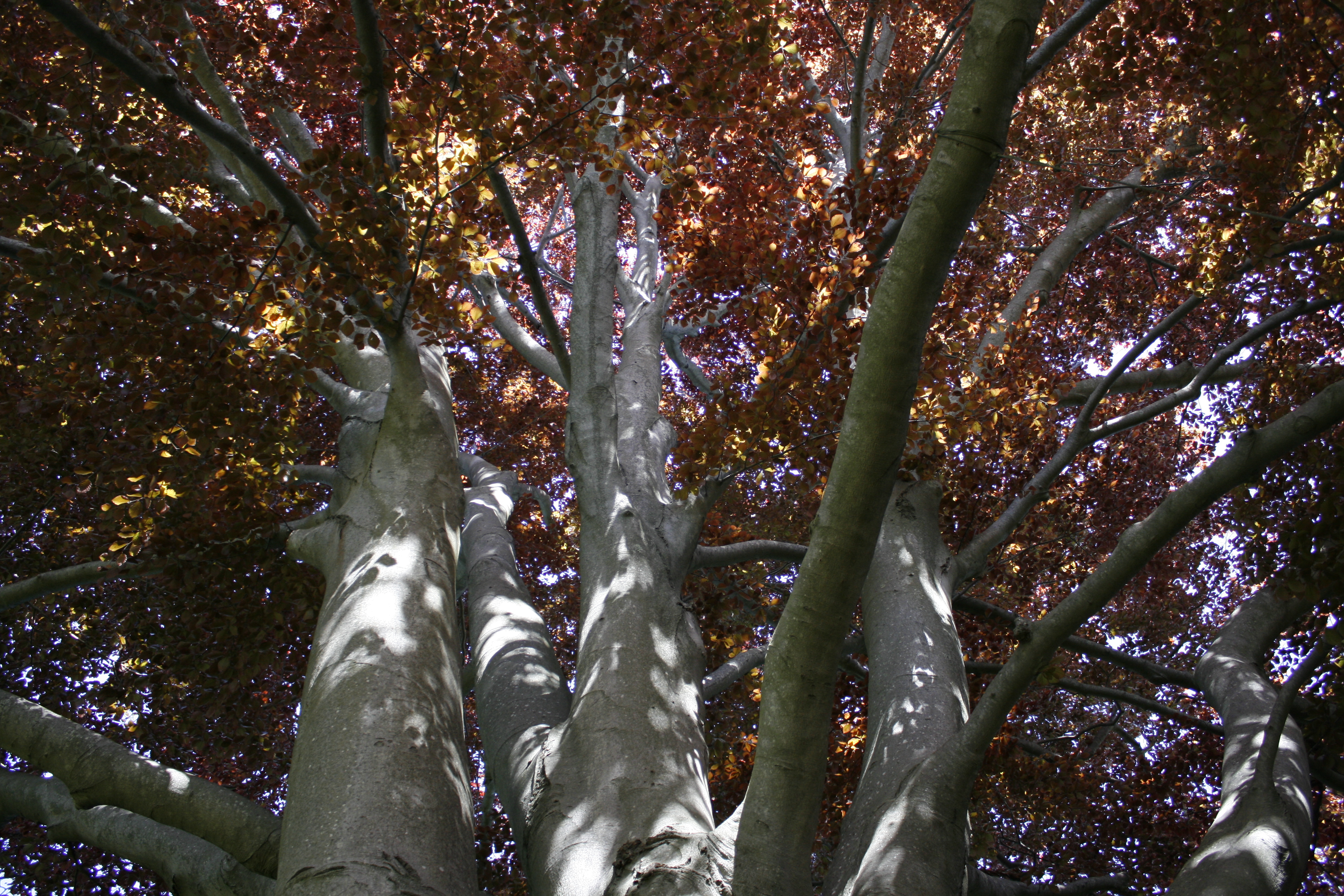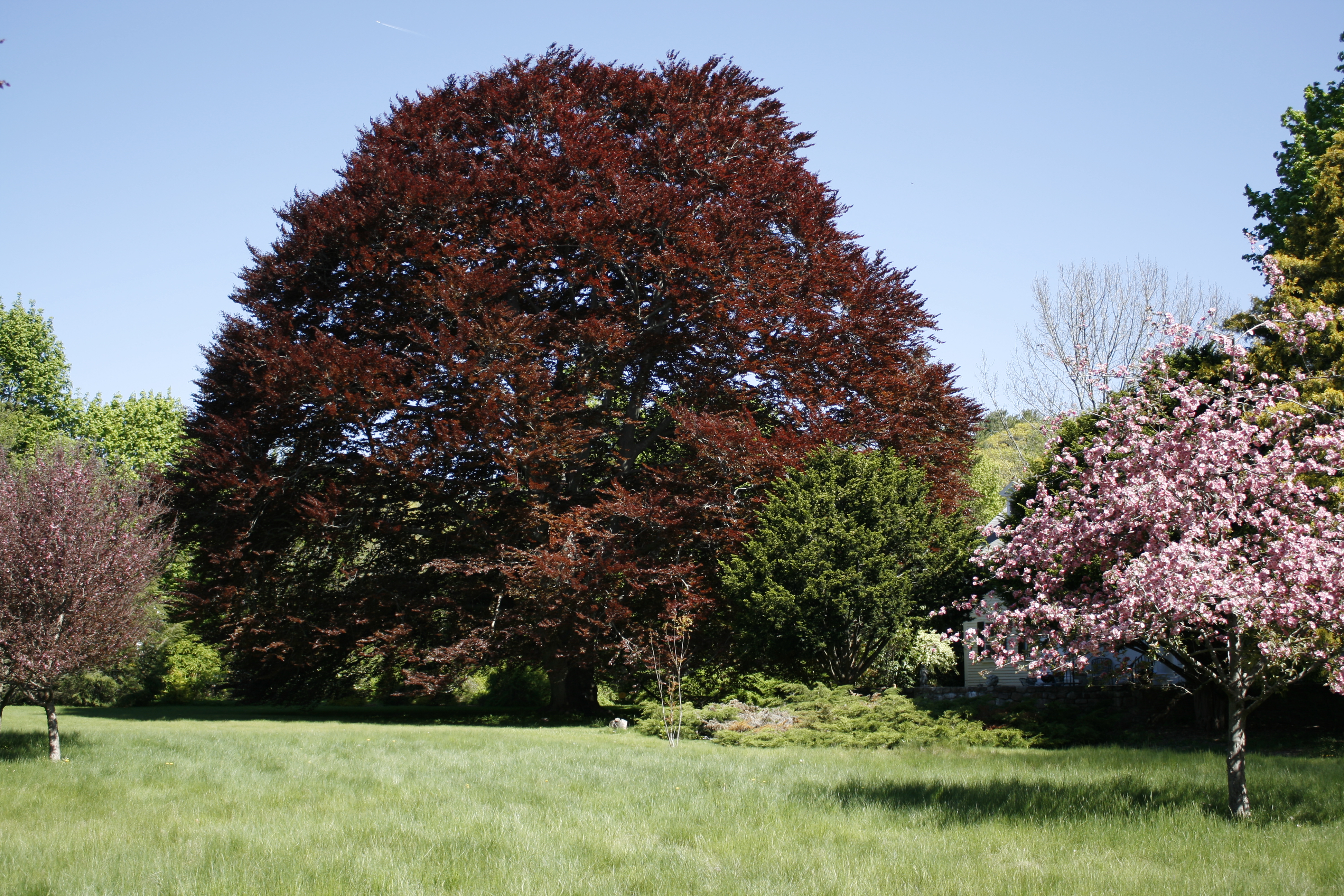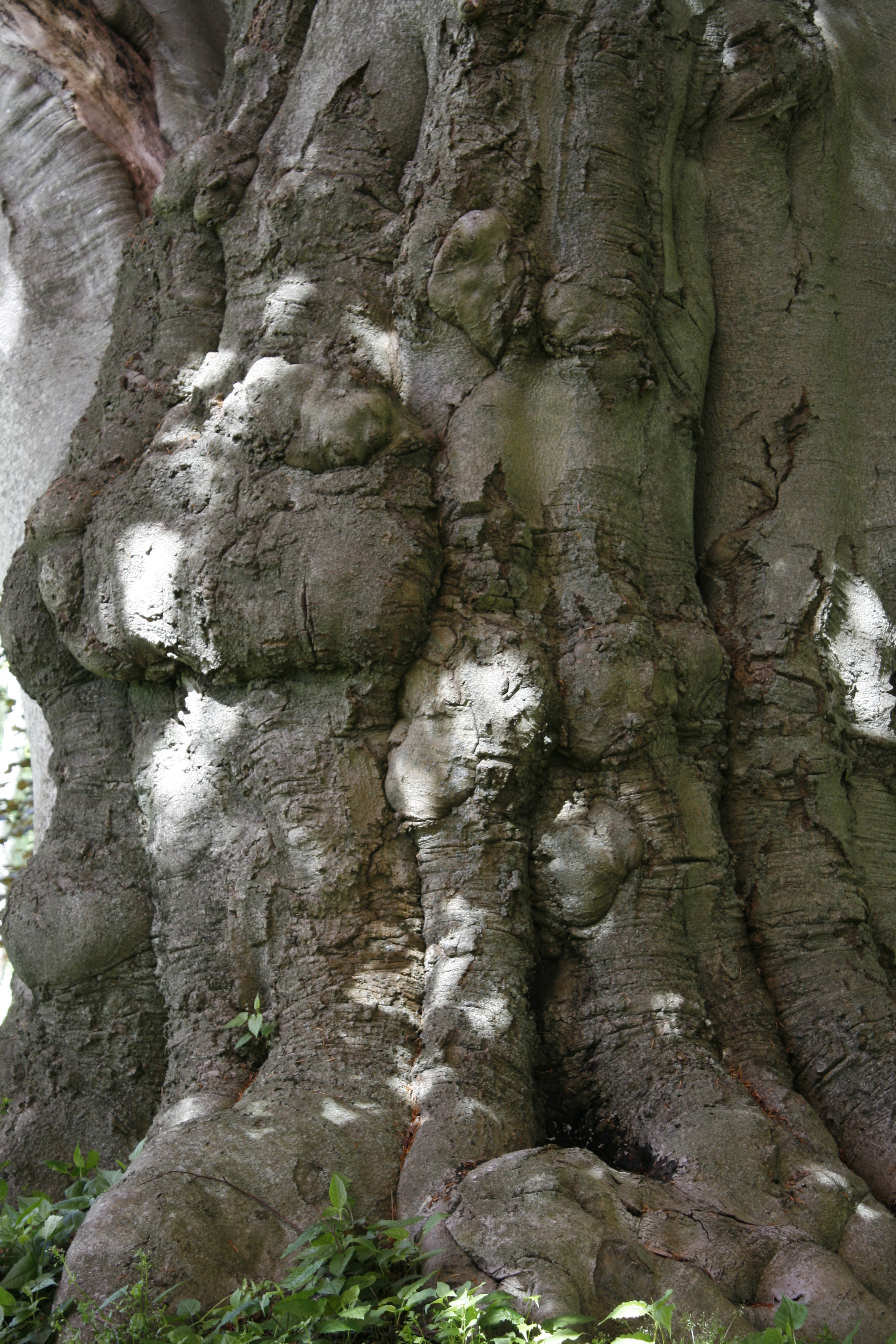Transplanting Triumph
I Can Move That - A Transplanting Triumph
I had scored an end of the season deal on a specimen Stewartia I had been keeping my eyes on. I’m not sure what I was thinking when I planted it, but apparently did not consider tree growth. The neighboring juvenile Linden tree was enjoying its undisturbed, wood chipped root area and expressing itself accordingly. It would only be a matter of time before it would dominate Stew. Perhaps I thought I would have moved on to greener arboretums before then, but here I am.
Putting the “pro” in procrastinates, time passed like it always does and I continued to happily ignore the insidious goings on in my front yard. I no longer noticed the fabulous white blossoms and mosaic bark that Stew was offering up. The Linden had somehow grown bigger, and Stew was losing his relevance. I suppose I could have pruned the Linden back, but that would only be a temporary fix. Besides, I was grateful for the screening it provided from my neighbors wood farm and min-van, which has been slowly sinking into the earth for the last 15 years.
Meanwhile, 20 or so feet away, a Norway maple adjacent to the driveway was playing out its slow agonizing spiral to death. I have been on this property over 20 years. In that time, it has shrunk considerably. A RCX done in 2006 revealed serious girdling root issues, a “damned if you do, damned if you don't” decision. I went with “don’t’” (it’s easier), and decided to let things take their course.
Channeling the Knight from Monty Pythons Holy Grail, the tree continued to shed parts, yet still stubbornly put out foliage. “I’m not dead yet” it seemed to exclaim. So I disregarded its decrepit appearance and let the death spiral proceed until a discarded chunk nearly bounced off my squash. Festooned with more dead parts than a Zombie movie warehouse, my chain-sawed hand was forced. The time had come to say farewell.
Finishing up with the stump cutter, I stood and contemplated the void left behind. The site would be perfect for a small to medium sized tree. Where might I acquire a specimen worthy of such prominent placement? Twenty feet away, I could sense Stew practically ripping himself out of the ground and shaking his little limbs all akimbo. I kid Stew of course; his promotion to celebrity status was the obvious choice, and I began to ponder my approach.
I knew the soil here to be excellent for digging. Eight to twelve inches of clean loam sits over sandy-clay subsoil. I was anticipating fairly uniform root distribution, made up primarily of small fibrous roots. Being late November, the timing couldn’t have been better. The soil was moist, but not saturated. The temperature was cold, but above freezing.
I took a measurement of the tree caliper to determine the size of the root ball. The 4” caliper tree would require a 40-45” root ball that would weigh in the neighborhood of 1,500 pounds. Hmmm. I planned to move this tree with my mini skid-steer, a.k.a. “Dave”, which is rated to lift 500 pounds or so. This would be a problem. I probably should have gotten a bigger machine, but that would have been wiser, easier and therefore, out of character. Besides, this is not the first time Dave and I bit off more that we could masticate, and I had a plan.
Many moons ago, we moved a fairly large Japanese red maple through a pool area with limited access. I thought I could employ the same tactics to move Stew, and began to dig. The excavating was agreeable. I exposed the root ball parameters, and cleanly cut any exposed roots. Hopes and dreams realized, a fibrous, uniform hub and spoke shaped root system was revealed. I was becoming increasingly confident the tree might be successfully moved without missing a beat.
Although I was feeling good, there was still the slight matter of the extra 1000 or so pounds that would need shedding. My plan was to free root from soil, from the outside in, until a manageable weight was obtained. I’m not sure if it was the time or the money it would have taken to rent an air-compressor, but I walked right passed my fancy air tool and grabbed my father’s ancient pitchfork to do the job.
I went around and around the ball until dizzy, loosening the soil and pruning roots as needed. After a ramp was created, I was able to access and cut the bottom of the root ball with the forks. Dave slipped under and began to coax Stew out of his hole. It took a few more circuits around the root ball with the pitchfork before I was able get enough lift to schlep the tree 20 feet to its new home.
I got lucky with the pre dug hole, and the root flare remained slightly above grade when settled in. The roots were backfilled with the existing soil, and flooded to form sludge. Only light tamping was done to fill air pockets. I finished grading around the tree as darkness fell. Ignorant of the latest weather forecasts, I was a tad dismayed to have the evening feature heavy rains and strong winds. I did not stake the tree, and am too old to go out in weather to tend to such things. I would leave it to the Gods.
The morning broke sunny and windy. The tree still stood, much to my relief. I gave it a shake to see it there was much movement, and found it to be solid. The core soil ball along with integration of the fibrous roots and soil sludge was enough to secure it firmly to the earth. This tree may well escape the transplant shock that can come with moving larger trees. I surely lost many fine roots, but believe the majority of the root system remained intact and viable.
Tis being the season, we could not resist taking advantage of the new sentinel adorning the entryway to the estate. Stew (now only answering to “Stewart”) is currently decked out in a splendid sequined suit, appendages alight for all to admire. After the lights are removed, the handsome exfoliating bark will hold sway. Come spring, dark lustrous foliage emerges and forms a backdrop for the late white summer flowers lying in wait. Stew has found his place in the sun. Shine on Stew, shine on.




 Howard Gaffin
Howard Gaffin






